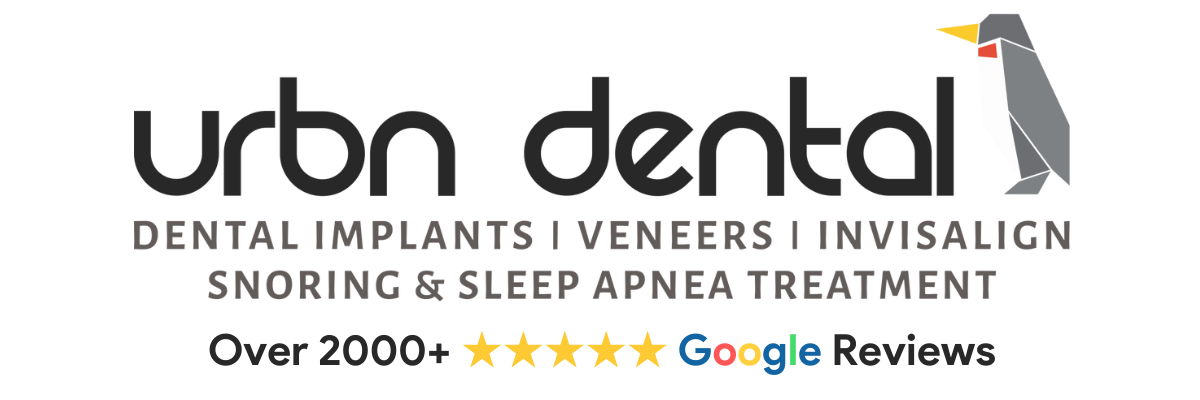In This Article
What is a cracked molar?
A cracked molar refers to dental cracks, fractures, or chips on a molar tooth, i.e., one of the teeth at the back. Your molars do a lot of work to grind and chew your food, so they’re more likely to develop dental cracks than other teeth. Furthermore, molars are extremely important, so a cracked molar must be treated without delay.
How do you get a cracked molar?
A dental crack refers to a crack on the surface of your tooth. It may be a superficial crack, such as a craze line, which doesn’t go deeper than the enamel and doesn’t necessitate dental treatment. Or it can be a severe crack that goes into the pulp chamber or reaches the root, thus necessitating crowns, root canals, or even dental extractions.
Molars are extremely prone to dental cracks because they’re located at the back and sides of your mouth and absorb most of the bite force while chewing. If you eat hard foods, such as hard candy or chew on ice cubes, you’re likely to develop a cracked molar. You may also suffer from a cracked molar if you have bruxism, a condition in which you involuntarily keep grinding your teeth, especially while sleeping. This will weaken your molar and lead to cracks.
Most people don’t realize the exact moment their molar is cracked. In most cases, the molar crack may develop gradually and expand in size due to the consistent strains of eating and chewing, biting hard objects, teeth grinding, and other factors. A molar crack isn’t always painful, especially if it’s superficial. You might realize you have a molar crack if you experience sensitivity to hot and cold temperatures — this indicates that your nerve is exposed.
Most people realize they have a crack molar during routine dental checkups.
What should you do when you have a cracked molar?
If you discover a cracked molar, you must contact your dentist immediately. Your emergency dentist will ask you to describe your symptoms and assess whether you have a dental emergency. If you don’t have a dental emergency, the emergency dentist will ask you to schedule an appointment during regular business hours. However, you should take a few measures to protect your teeth before meeting your dentist.
The following are some things to do before your dental appointment:
- Identify the source of your pain
- Don’t chew from the side of your mouth with the cracked molar
- Don’t drink hot or cold liquids because that may cause sensitivity
How is a cracked molar treated and restored?
A cracked molar doesn’t always necessitate treatment. If your emergency dentist discovers that your crack is extremely minor or superficial, they may decide that you don’t need any treatment. If you have hairline fractures, known as craze lines, the dentist will simply polish the crack away and restore your tooth. In most cases, dental treatment is necessary when the crack is large or extends beyond the enamel, i.e., the hardened outer layer of the tooth.
If the dental crack is large or extends beyond the enamel, you’ll need dental treatment to prevent deeper fractures and infections. Your dentist will study the exact nature of the crack and run dental x-rays to recommend the ideal treatment plan. Depending on the severity, you may need a filling, dental crown, root canal, or extraction.
The following is an overview of your cracked molar treatment options:
- Fillings: A dental filling is a simple procedure in which composite resin material is placed inside the crack and hardened. This closes the crack, thereby preventing bacterial accumulation and infections.
- Crowns: If the crack is too large for a filling, the dentist may recommend a dental crown. In this case, the dentist will shave off the uppermost surfaces of your teeth and take impressions to prepare the crown. Once prepared, the dental crown is attached to your affected tooth. The dental crown is designed to look and feel completely natural.
- Root Canals: You’ll need root canal therapy if the crack has affected/ damaged the internal parts of your teeth, i.e., pulp tissues and nerves. If your root canal is damaged, the dentist will have to remove the infected tissues and nerves and disinfect the root canal. This is the only way to prevent severe infections and risk losing the tooth completely.
- Tooth Extraction: If the dental crack runs down to the root, you may need an emergency tooth extraction. This is a last-case scenario if your dental crack is really severe. After the tooth extraction, the dentist will recommend other restoration options.
How many times can one do a temporary filling of a tooth?
Temporary fillings usually last for six to eight weeks, following which they fall out. As such, you should get a permanent filling for your tooth as soon as possible.
I broke my front tooth. How do I get it fixed? What are my options in repairing badly chipped front teeth?
If you have a broken front tooth, you have numerous restoration options — crowns, fillings, sealants, inlays and onlays, bonding, and root canal. Your local dentist will examine your tooth, determine the type and severity of the damage, and recommend the ideal restoration option.
What causes craze lines on teeth?
Craze lines occur due to the natural wear and tear of the enamel due to years of eating and chewing. However, some people develop craze lines faster if they have misaligned teeth or bruxism, which leads to constant grinding and clenching of teeth.
Please schedule an appointment at a dentist’s office open today.
URBN Dental is one of the most reliable emergency dental clinics in Houston, TX. Our weekend dentist specializes in emergency root canals and other restoration options for cracked molars and chipped teeth. If you have a cracked molar, please schedule an appointment with a dental clinic open on Saturday.

